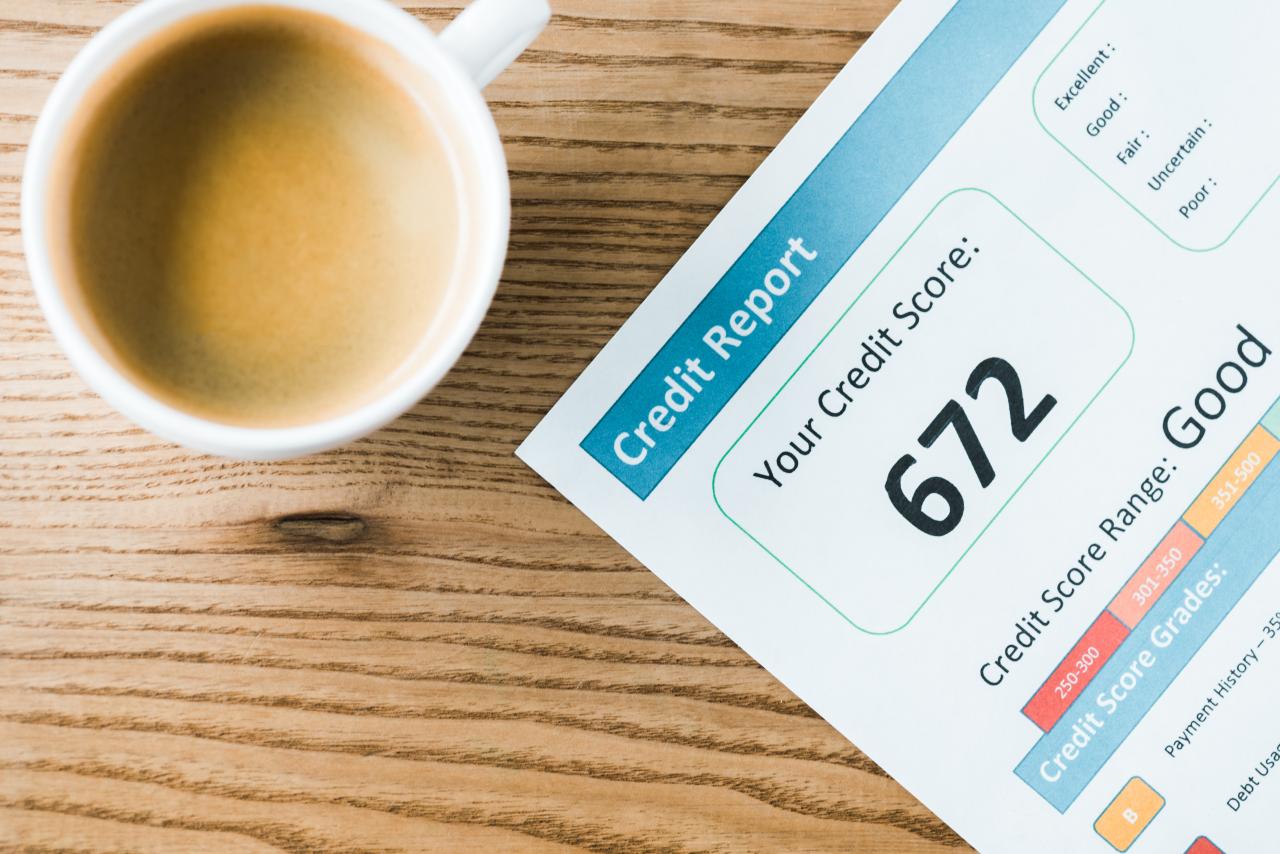Identity theft
Tools to take back your financial identity
First things first
Reclaiming your identity and repairing your credit can be a long process. But the first steps are the most important. These will sound the alarm that the theft has happened and can halt the progression of the crime.
Take these three steps as soon as you suspect your identity has been stolen:
- Contact companies where fraud occurred.
- Notify credit reporting agencies.
- Create an identity theft report.
Read on for more details on each of these steps.

1. Contact companies where fraud occurred
If a new account was opened, immediately call the companies where the fraud occurred. Speak directly with the fraud department if the company has one. Explain that someone has stolen your identity and ask them to close or freeze the accounts. Creditors may ask you to submit a written report of the fraud, along with an identity theft report, when you have one.
Fraudulent charges: If you believe there are fraudulent or erroneous charges on your existing credit account, contact your credit card issuer immediately. Federal regulations require credit card companies to remove disputed items from your bill while investigating. Change your usernames, passwords, and personal information numbers (PINs) for all your accounts.
Note: Federal law limits your liability to $50 for unauthorized charges to your credit card account.

2. Notify credit reporting agencies
Immediately contact one of the three major credit reporting agencies (CRAs; also referred to as “credit bureaus”) to inform them of the situation. That company must notify the other two.
TransUnion.com
Fraud Victim Assistance Dept.
P.O. Box 2000
Chester PA 19022-2000
1-800-680-7289
Equifax.com
P.O. Box 105069
Atlanta GA 30348-5069
1-800-525-6285
1-888-766-0008
Experian.com
P.O. Box 9554
Allen TX 75013
1-888-397-3742
Note: Victims of identity theft have the right to remove or “block” fraudulent information from their credit files. When blocked, the information will not appear on your credit report, and companies are prohibited from attempting to collect the debt from you. Credit bureaus are required to honor this request if you have an identity theft report.
Place a “fraud alert” on your credit file.
A business must verify your identity before extending credit, making it difficult for anyone to open new accounts in your name. You can renew the fraud alert after 90 days. Each credit bureau will send you a letter confirming the fraud alert on your credit file.
Write to each credit reporting agency.
Include a copy of your identity theft report and proof of your identity, such as your name, address, and Social Security number. Request that they block the information in the report that is fraudulent.
Those without an identity theft report can still dispute incorrect information, but it can take longer and there’s no guarantee that the credit bureaus will remove the information.
Get free copies of your credit reports from each of the bureaus. Victims of ID theft are entitled to receive a free copy of their credit report. Carefully review the reports for any transactions or accounts you don’t recognize. Ask the credit bureau to attach a statement to information in your credit file that you claim is fraudulent.
Consider a “security freeze”
A security or credit freeze prevents creditors from gaining access to your credit file. As a result, most lenders will refuse to open new accounts. How it works:
- Contact each credit reporting agency (CRA). They will collect your information, confirm your identity and place a credit freeze within one day.
- The CRAs will mail you written notification of your freeze and a personal identification number (PIN) to identify yourself when contacting the credit bureaus or to lift the security freeze.
- The security freeze may be lifted, permanently or temporarily, by contacting each of the CRAs. There is no charge for placing a security freeze for the first time. If you are a victim of identity theft and have an ID theft affidavit or a police report, there is no charge for placing, lifting, or restoring the security freeze.
transunion.com/credit-freeze
1-888-909-8872
experian.com/freeze/center
1-888-397-3742
equifax.com/CreditReportAssistance
1-800-349-9960
When filing a police report: If you encounter difficulties filing a police report, refer to the FTC Memo to Law Enforcement on the FTC website.

3. Create an ID theft report: FTC & police
An identity theft report can help you get fraudulent information removed from your credit file and not reported on your credit report, stop a company from collecting debts caused by identity theft, and get information about accounts a thief opened in your name.
- File a complaint with the Federal Trade Commission indicating you were a victim of ID theft, either online or over the phone (follow-up in writing). Your completed complaint is called an “identity theft affidavit.”
- Take your identity theft affidavit to your local police, or to the police where the theft occurred, and file a police report. Get a copy of the police report.
The two documents comprise an identity theft report.
identity theft affidavit |
+ | police report |
= | identity theft report |

What to do about...
Stolen checks
Report stolen or fraudulent use of checks to:
- Telecheck: 1-800-710-9898
- NPC: 1-800-526-5380
ATM and debit cards
Under federal law, your liability for unauthorized debits is limited to $50 you report your card as missing within two business days of discovering its loss. Liability increases to $500 for reporting it within 60 days. After 60 days, the liability is unlimited. You will not be held liable for any additional charges incurred after the card is reported missing.
Social Security number
If your card is lost or stolen, contact the Social Security Administration (SSA).
If your Social Security number is used fraudulently, call
or go to the administration’s Office of the Inspector General website.
Fraudulent change of address
Contact the U.S. Postal Service if you suspect that your mail has been stolen or someone has submitted a fraudulent change-of-address form with the post office.
Passport
Report lost or stolen passports to the US Department of State. If the passport was issued by another country, notify the issuing country’s embassy or consulate.
Driver’s license
Contact the Department of Motor Vehicles for driver license misuse or to replace a lost or stolen license. Request form FI-17 (Report
of Unauthorized Use/Duplication of License or Registration) by contacting:
Medical records
If someone has used your name to receive medical benefits:
- Notify the health care provider of any errors in your records
- Notify your health insurer of the errors; include a copy of your identity theft report
Debt collectors
- Within 30 days of receiving a collection letter, write to the debt collector informing them of the identity theft and include a copy of the identity theft report.
- Contact the company where the fraud occurred; tell them this is not your debt. They are required to give you details about the debt if you ask for it. Tell them to stop reporting the debt to the credit bureaus.
Data breaches
Data breaches occur when a company’s records are hacked or information is inadvertently lost. When this happens, you can be at risk for identity theft. Here’s what you can do to protect yourself:
- Take advantage of offers for free credit monitoring.
- Consider placing a credit freeze.
- Change passwords and usernames on online accounts.
Office of the New York State Attorney General, Consumer Frauds Bureau
1-800-771-7755
1-800-416-8300 (TTY)
Consumer Frauds Bureau
Albany: The Capitol, Albany NY 12224
New York City: 28 Liberty Street, New York NY 10005
Federal Trade Commission
To file an identity-theft complaint, find information on steps to take and to create an identity theft affidavit.
1-877-438-4338
1-866-653-4261 (TTY)
identitytheft.gov
Annual credit reports
To order free copies each year from each of the credit reporting bureaus.
1-877-322-8228
annualcreditreport.com
OAG regional offices


